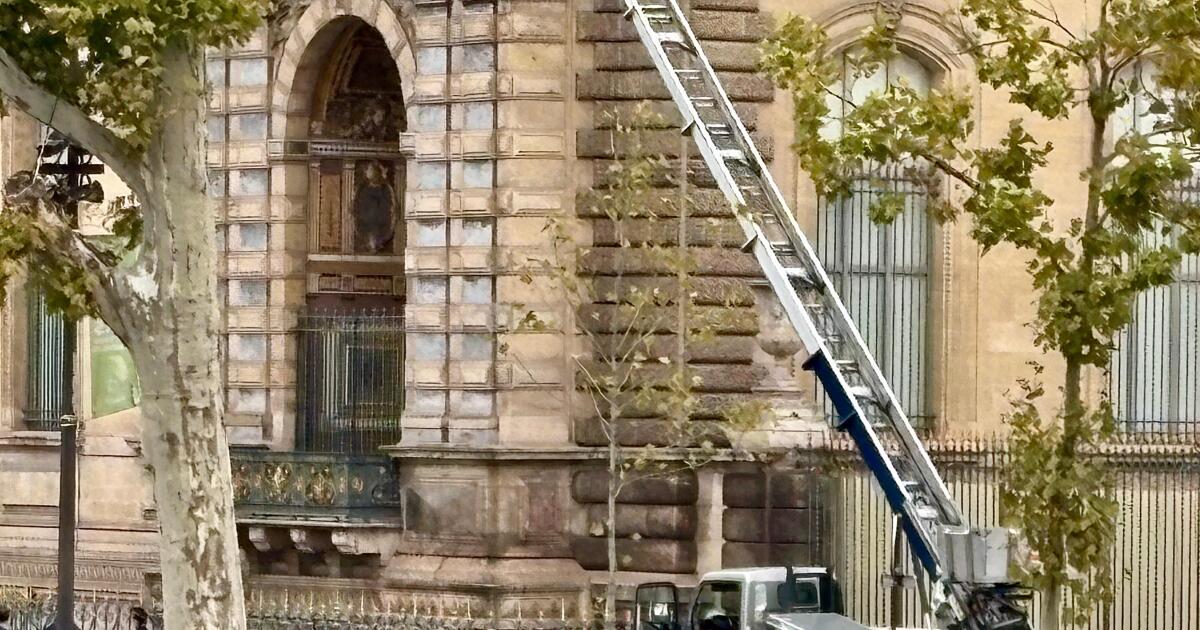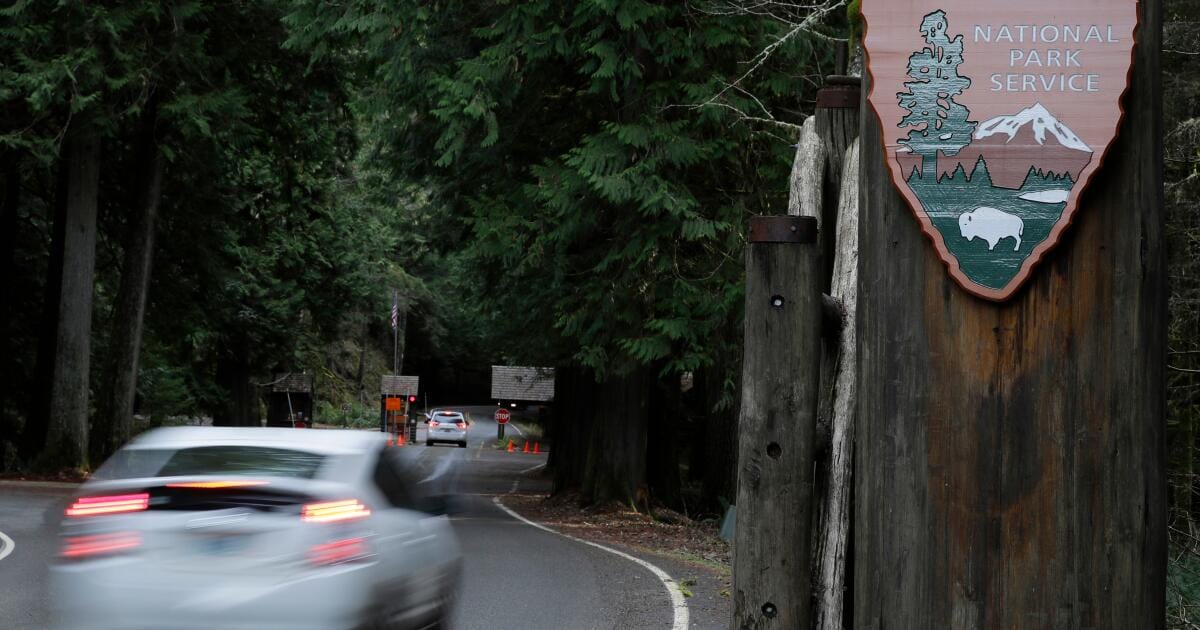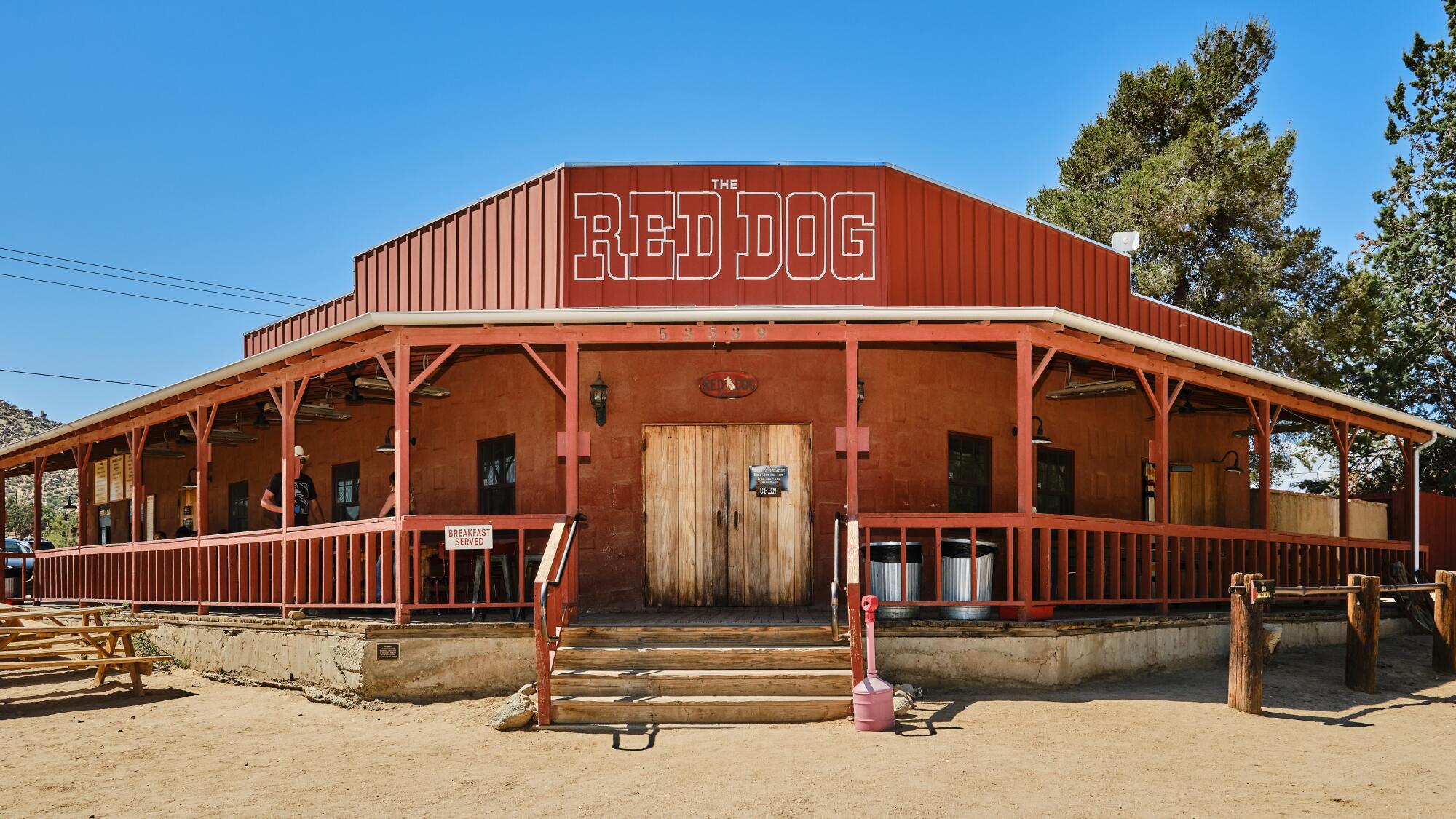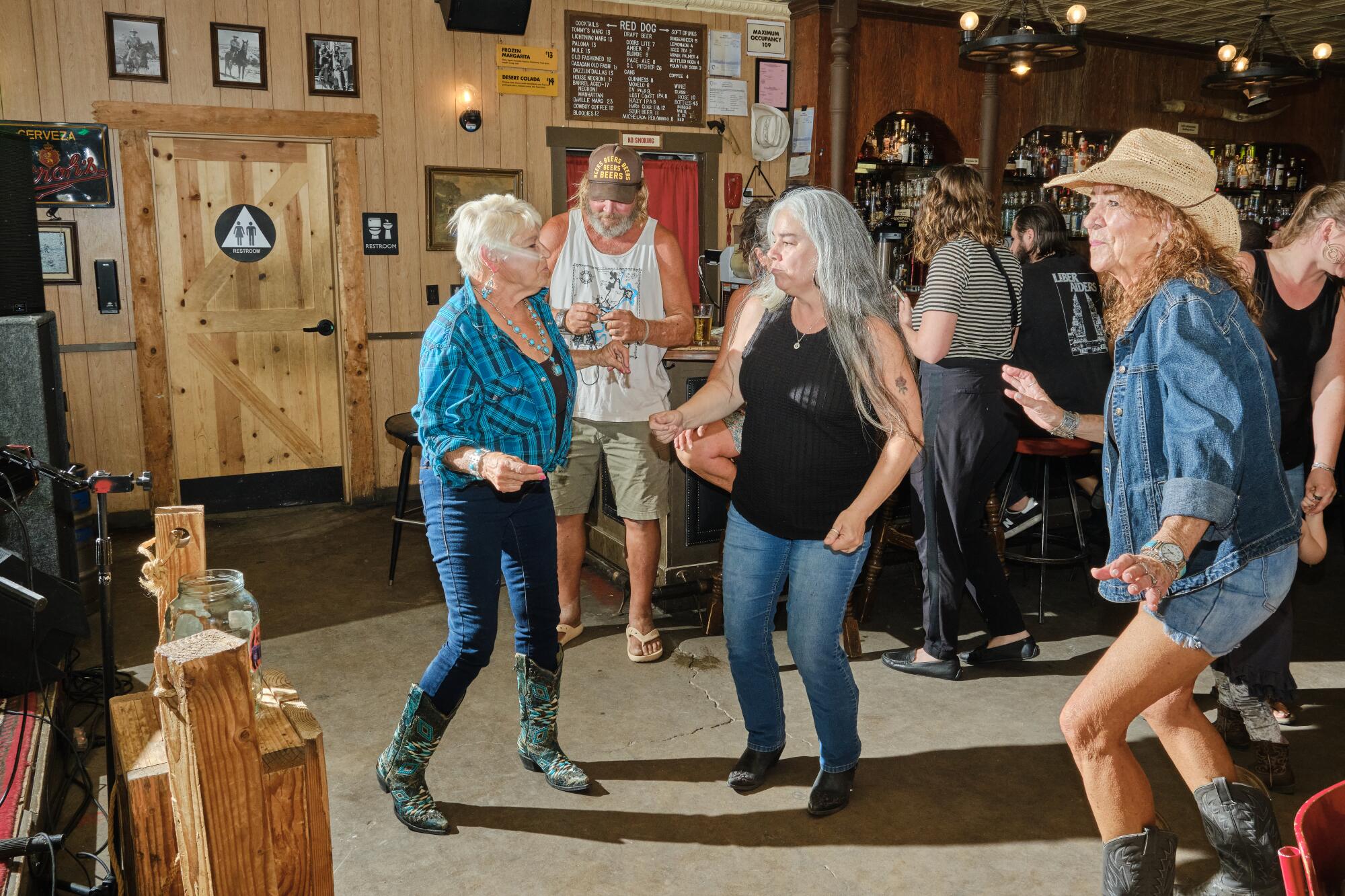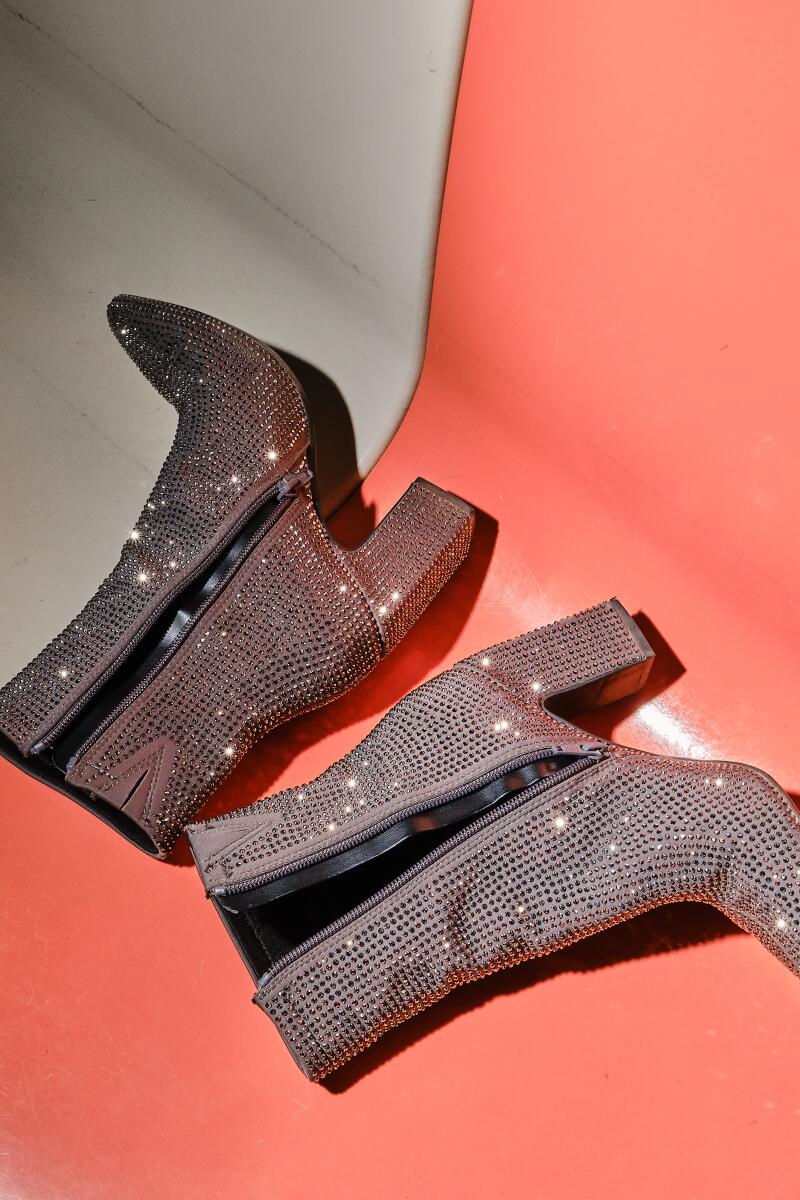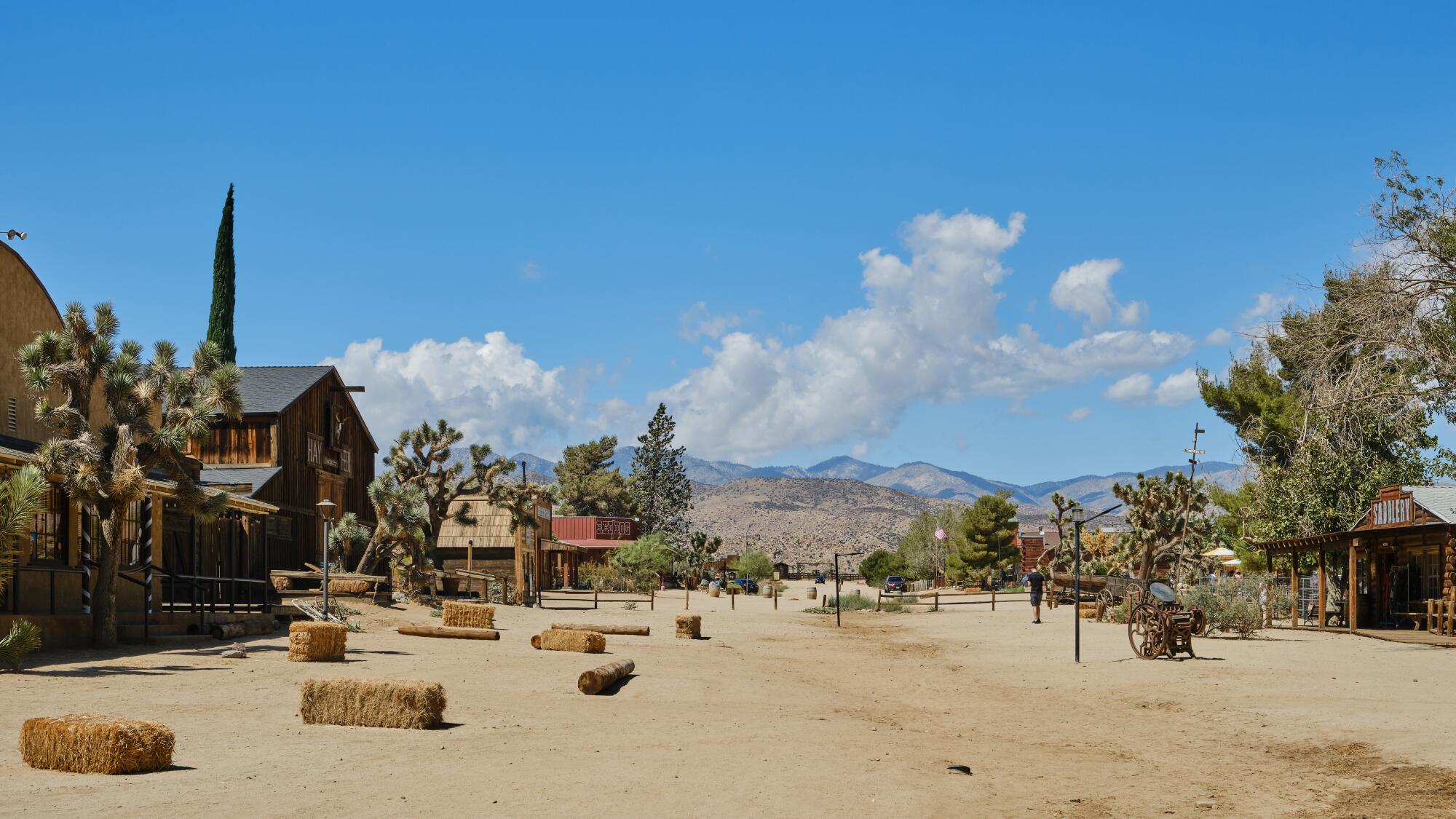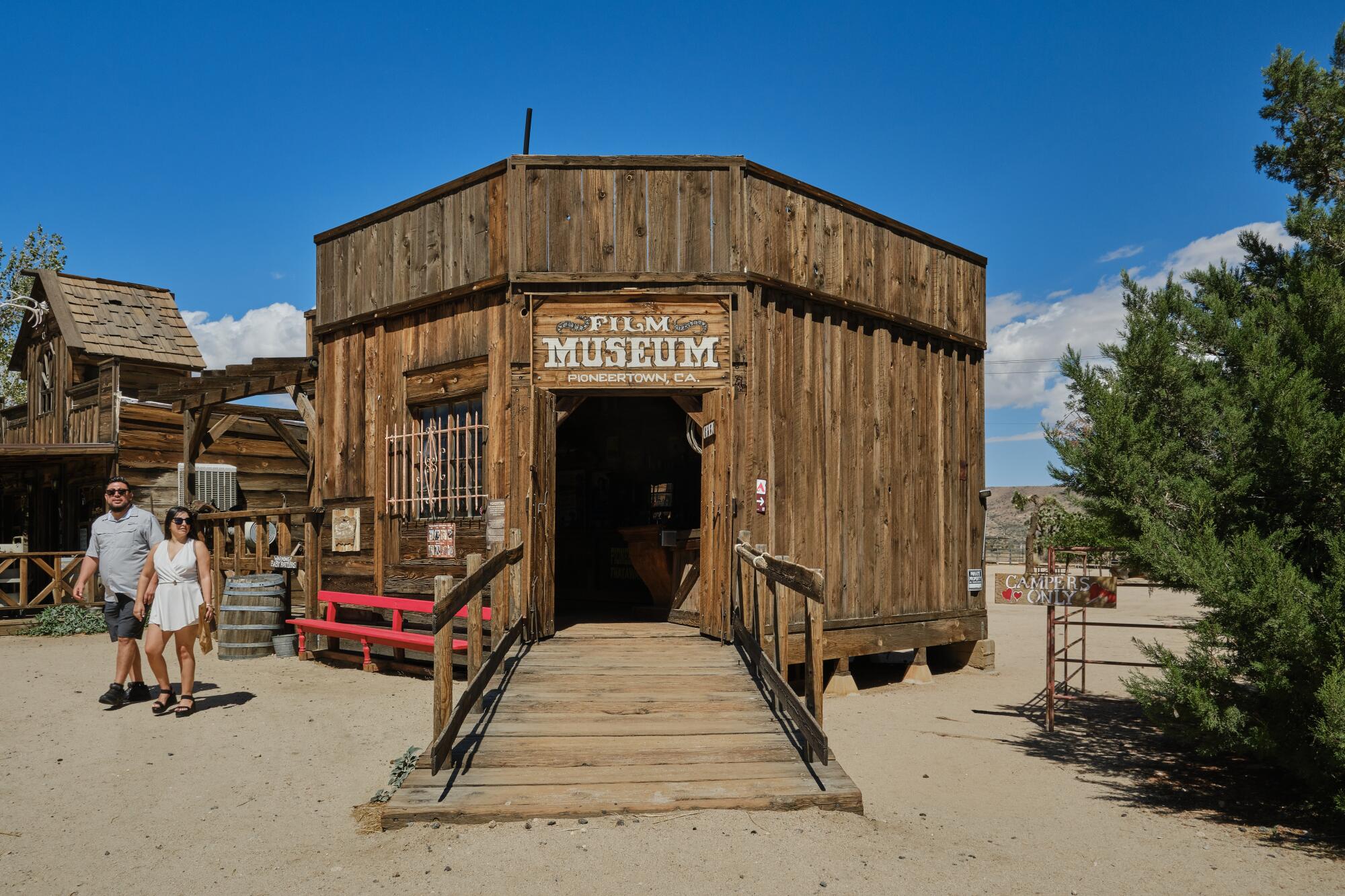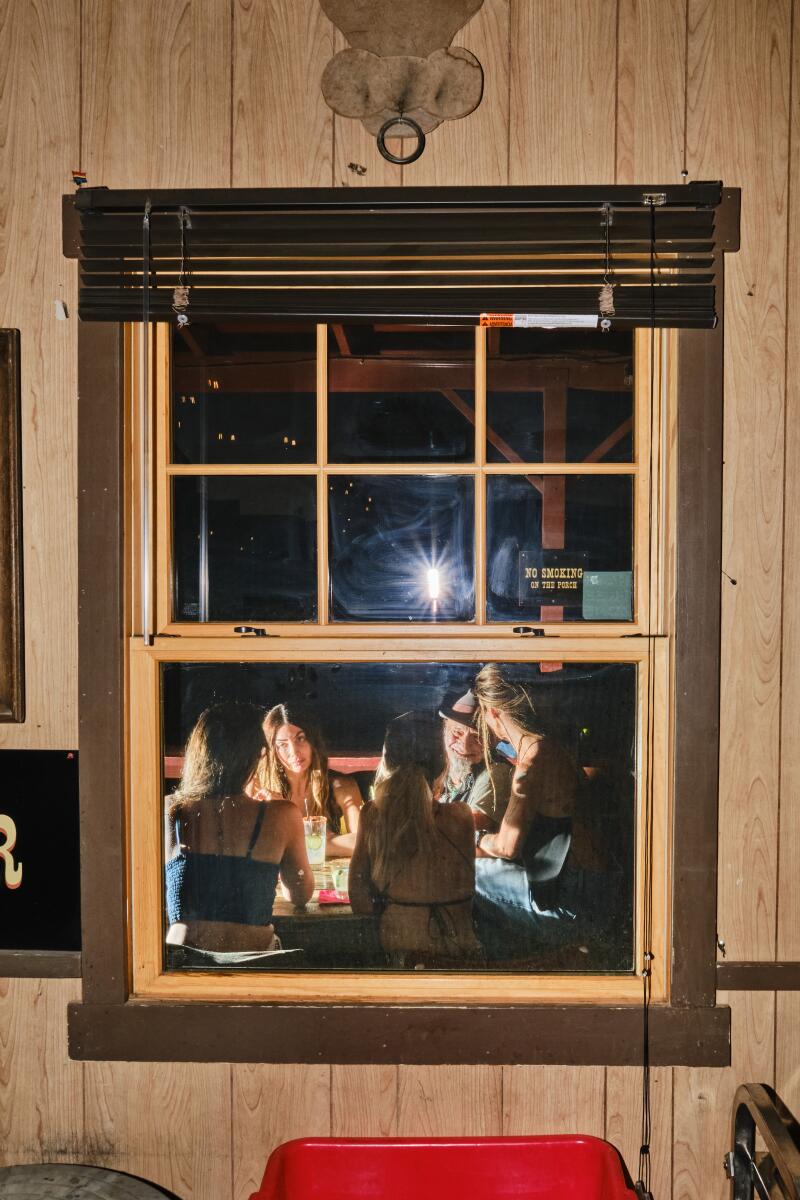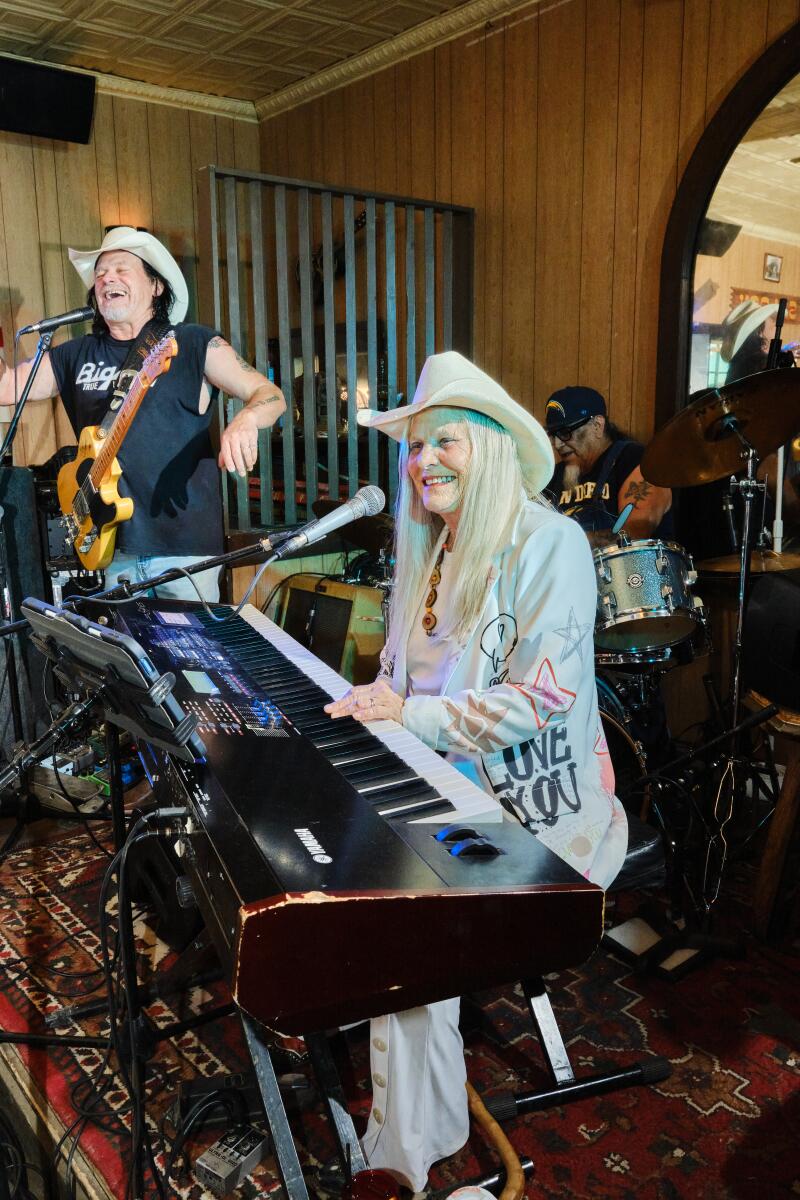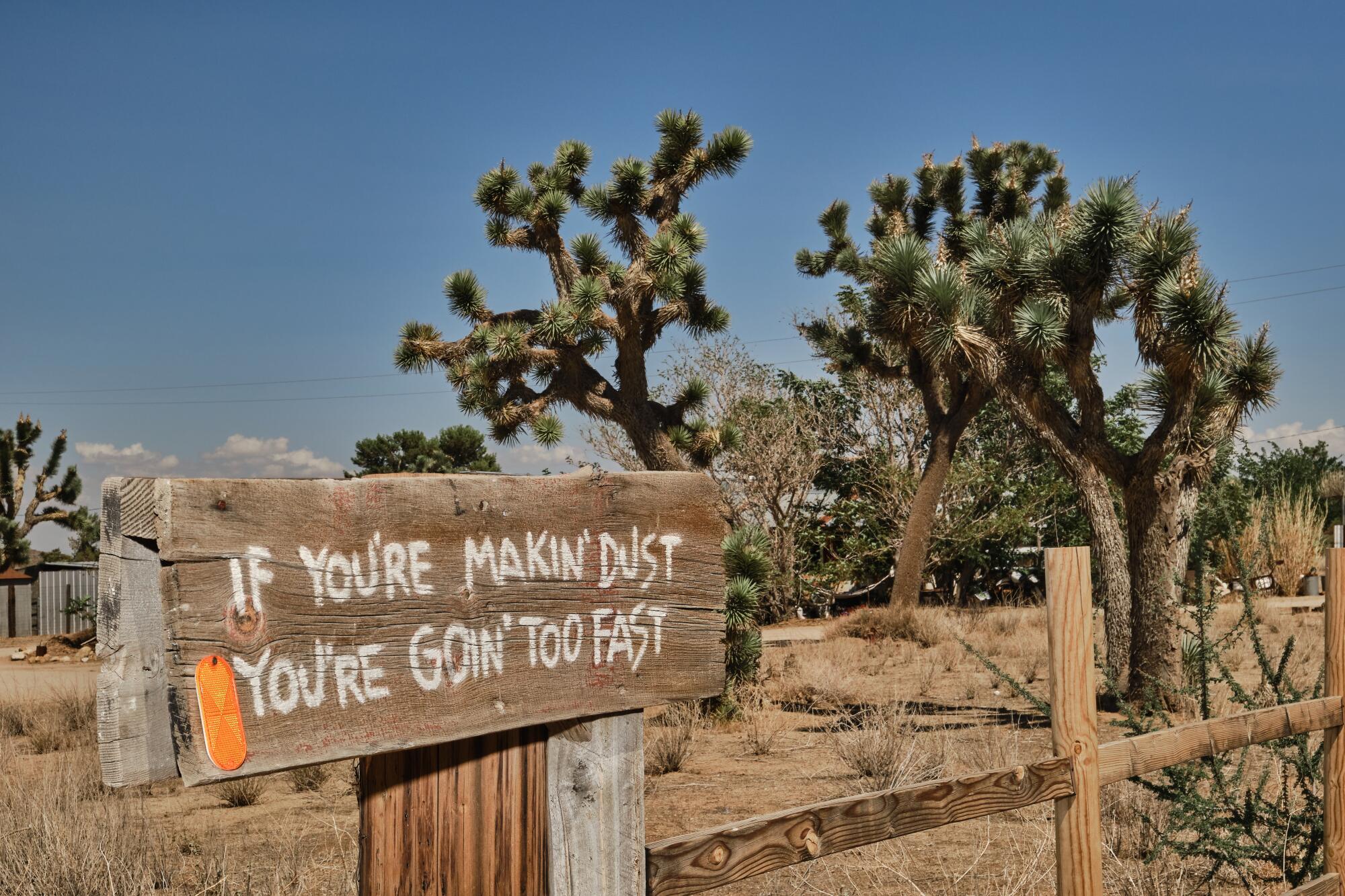Thieves steal French Crown Jewels in 4 minutes from the Louvre
PARIS — In a minutes-long strike Sunday inside the world’s most-visited museum, thieves rode a basket lift to the Louvre, forced a window into the Galerie d’Apollon — while tourists pressed shoulder-to-shoulder in the corridors — smashed display cases and fled with priceless Napoleonic jewels, officials said.
It was among the highest-profile museum thefts in recent memory and comes as Louvre employees have complained of worker and security understaffing.
One object was later found outside the museum, according to Culture Minister Rachida Dati. French daily Le Parisien reported it was the emerald-studded crown of Napoleon III’s wife Empress Eugénie — gold, diamonds and sculpted eagles — recovered just beyond the walls, broken.
The theft unfolded just 270 yards from the “Mona Lisa,” in what Dati described as “a four-minute operation.” No one was hurt.
Images from the scene showed confused tourists being steered out of the glass pyramid and adjoining courtyards as officers closed nearby streets along the Seine.
Also visible was a lift braced to the Seine-facing facade near a construction zone — an extraordinary vulnerability at a palace-museum.
A museum already under strain
Around 9:30 a.m., several intruders forced a window, cut panes with a disc cutter and went straight for the vitrines, officials said. Interior Minister Laurent Nuñez said the crew entered from outside using a basket lift.
The choice of target compounded the shock. The vaulted Galerie d’Apollon in the Denon wing, capped by a ceiling painted for Louis XIV, displays a selection of the French Crown Jewels. The thieves are believed to have approached via the riverfront facade, where construction is underway, used a freight elevator to reach the hall, took nine pieces from a 23-item collection linked to Napoleon and the Empress, and made off on motorbikes, according to Le Parisien.
Daylight robberies during public hours are rare. Pulling one off inside the Louvre — with visitors present — ranks among Europe’s most audacious since Dresden’s Green Vault museum in 2019, and the most serious in France in more than a decade.
It also collides with a deeper tension the Louvre has struggled to resolve: swelling crowds and stretched staff. The museum delayed opening during a June staff walkout over overcrowding and chronic understaffing. Unions say mass tourism leaves too few eyes on too many rooms and creates pressure points where construction zones, freight routes and visitor flows meet.
Security around marquee works remains tight — the Mona Lisa is behind bulletproof glass in a bespoke, climate-controlled case.
It’s unclear whether staffing levels played any role in Sunday’s breach.
The Louvre has a long history of thefts and attempted robberies. The most famous came in 1911, when the Mona Lisa vanished from its frame, stolen by Vincenzo Peruggia and recovered two years later in Florence.
Today the former royal palace holds a roll call of civilization: Leonardo’s “Mona Lisa”; the armless serenity of the “Venus de Milo”; the “Winged Victory” of Samothrace, wind-lashed on the Daru staircase; the Code of Hammurabi’s carved laws; Delacroix’s “Liberty Leading the People”; Géricault’s “The Raft of the Medusa.” More than 33,000 works — from Mesopotamia, Egypt and the classical world to Europe’s masters — draw a daily tide of up to 30,000 visitors even as investigators now begin to sweep those gilded corridors for clues.
Politics at the door
The heist spilled instantly into politics. Far-right leader Jordan Bardella used it to attack President Emmanuel Macron, weakened at home and facing a fractured Parliament.
“The Louvre is a global symbol of our culture,” Bardella wrote on X. “This robbery, which allowed thieves to steal jewels from the French Crown, is an unbearable humiliation for our country. How far will the decay of the state go?”
The criticism lands as Macron touts a decade-long “Louvre New Renaissance” plan — about $800 million to modernize infrastructure, ease crowding and give the “Mona Lisa” a dedicated gallery by 2031. For workers on the floor, the relief has felt slower than the pressure.
What we know — and don’t
Forensic teams are examining the site of the crime and adjoining access points while a full inventory is taken, authorities said. Officials have described the haul as being of “inestimable” historical value.
Recovery may prove difficult. “It’s unlikely these jewels will ever be seen again,” said Tobias Kormind, managing director of 77 Diamonds. “Professional crews often break down and re-cut large, recognizable stones to evade detection, effectively erasing their provenance.”
The Louvre closed for the rest of Sunday as police sealed gates, cleared courtyards and shut nearby streets along the Seine.
Key questions still unanswered are how many people took part in the theft and whether they had inside assistance, authorities said. According to French media, there were four perpetrators: two dressed as construction workers in yellow safety vests on the lift, and two each on a scooter.
Investigators are reviewing closed-circuit TV from the Denon wing and the riverfront, inspecting the basket lift used to reach the gallery and interviewing staffers who were on site when the museum opened, authorities said.
Adamson writes for the Associated Press. AP writer Jill Lawless in London contributed to this report.
